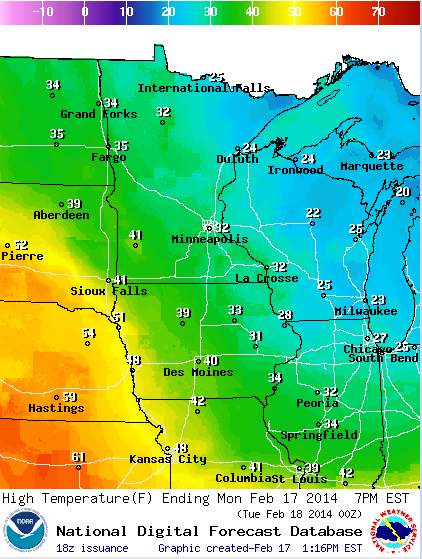While Monday’s weather forecast is for a moderate snowfall, many scientists say their long time climate prediction includes more extreme weather events. That could make things more challenging for farmers trying to feed a growing world population.
Climate scientists have been making a connection between more greenhouse gases, higher global temperatures and more water vapor in the atmosphere. Thomas Karl directs climate research for the National Oceanic and Atmospheric Administration, and told a science meeting in Chicago Sunday that in major grain growing areas, like the north-central U.S., the increase in water vapor is very important.
“When the weather patterns that normally traverse the globe occur with more water vapor,” Karl said, “there’s potential for more rainfall occurring in a shorter amount of time than it would normally occur.”
Stay informed on the latest news
Sign up for WPR’s email newsletter.
Karl says the more frequent downpours can cause a lot of problems on farms, including an increase in soil erosion. The expected precipitation change comes as demographers are predicting world population will grow from its current seven billion to more than nine billion by 2050.
Scientists aren’t sure that enough food can be grown to feed many low-income people. If the predicted effects on climate change can’t be prevented, Stanford University Professor Paul Ehrlich says steps should be taken to slow the growth in population, “starting with giving equal rights to women around the world, giving everybody in the world access to modern contraception and back up abortion.”
Others raise the controversial idea of a second “green revolution,” dramatically increasing the yields of farm fields. But skeptics worry that could lead to more fertilizer pollution of ground and waterways.
Wisconsin Public Radio, © Copyright 2024, Board of Regents of the University of Wisconsin System and Wisconsin Educational Communications Board.




